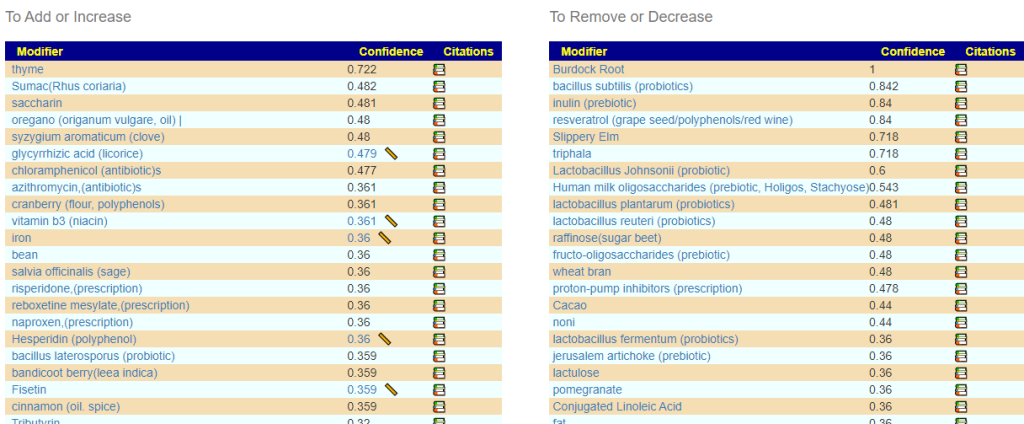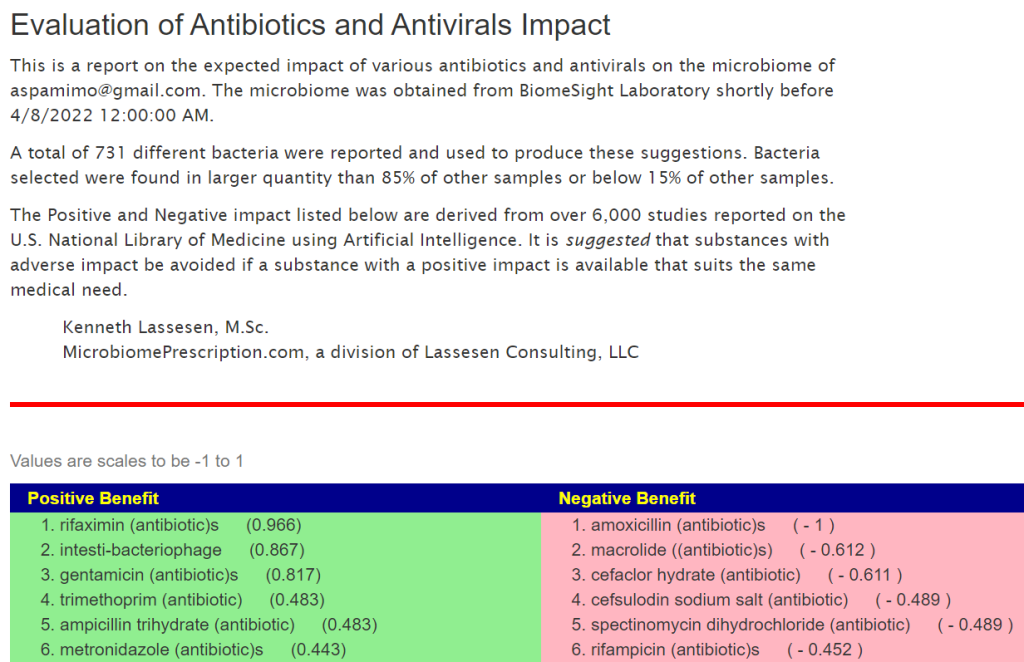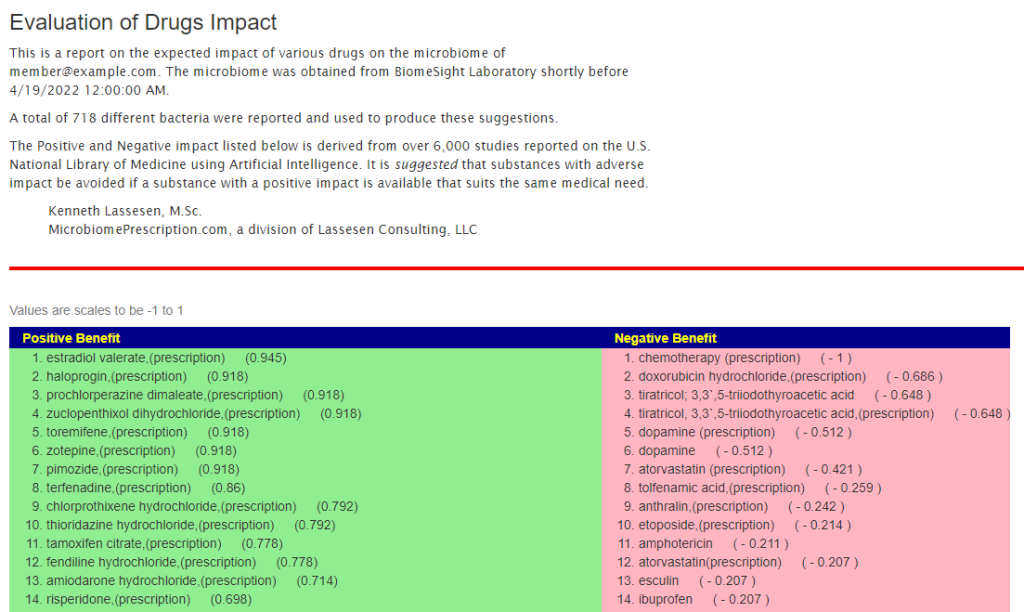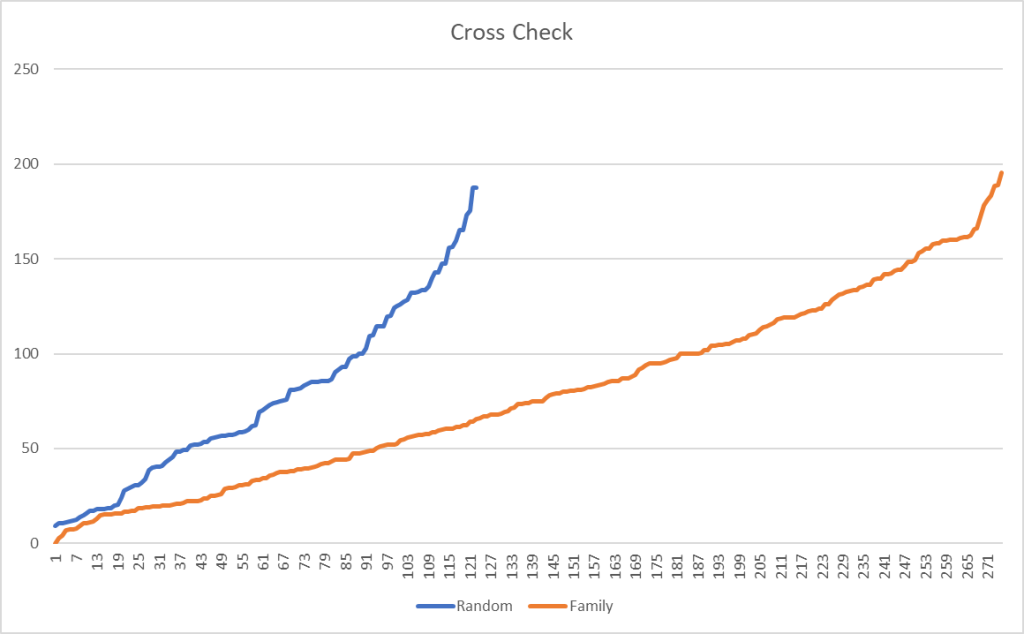Backstory
My son is born in 2009 and diagnosed with autism in 2011. When he was 3 months old he has lot of reflux and unable to digest milk always used to throw up and we ended up using antibiotics because of mucus forming issues and at 10 months he had few words.
- And at 18 months he got diagnosis’s of autism and was completely Non-Verbal.
- After removing gluten and dairy from his diet at age 3.5 he started saying words
- he also got diagnosed with Lyme and coinfections like bartonella and Babesia .
- Now he is 11 years still having lot of issues like his weight is just 55 Lbs he has focus issues and lot/severe OCDs and tantrums and lot of rigidity and not conversational yet ,cognitive issues cannot understand abstract concepts and has lot of echolilia and no social skills and gets head pain all of a sudden which might be PANS will last for few minutes and will be fine again.
- And he has lot of Gut issues like failure to thrive even though his diet his healthy he does not gain weight at all and he has leaky gut and always have constipation issues and poor digestion issues and picky eating and he complaints some times that his stomach hurts and some times his stomach gets very tight like gas forming. And he has brain and Gut inflammation.
- Very recently from couple of months he started having Acid Reflux issues after eating he will be spitting for an hour as if something is coming back from his stomach.
- We also noticed that when ever he eats chicken and eggs he is more constipated. We did the GI work up and everything came up normal except one thing that he does not have enzymes to digest lactose and also we make sure he is not constipated and his bowls are moving everyday with some laxative.
We have two samples for this person, while we will use the last one for suggestions, a comparison may be spark insights.
Basic Analysis
Looking at the two samples, we see that things are very different than with the ME/CFS person in this post. Instead of over representation in rare bacteria, there is over representation in common bacteria (i.e. the bacteria that most people have).
| Earlier | Sample | Latest | Sample | |
| Percentile | Genus | Species | Genus | Species |
| 0 – 9 | 10 | 1 | 7 | 7 |
| 10 – 19 | 10 | 9 | 9 | 12 |
| 20 – 29 | 6 | 9 | 8 | 13 |
| 30 – 39 | 10 | 18 | 7 | 10 |
| 40 – 49 | 12 | 9 | 6 | 12 |
| 50 – 59 | 12 | 15 | 9 | 18 |
| 60 – 69 | 10 | 7 | 8 | 12 |
| 70 – 79 | 10 | 16 | 10 | 16 |
| 80 – 89 | 25 | 39 | 22 | 38 |
| 90 – 99 | 103 | 149 | 40 | 64 |
| Std Dev | 29.31 | 44.00 | 10.65 | 17.61 |
- Looking at “Potential Medical Conditions Detected” for both samples we see a very long list of candidate conditions for both samples
- For “Bacteria deemed Unhealthy”, again we have some long lists
- For “Dr. Jason Hawrelak Recommendations”, we have the earlier sample at 75%ile and the latest sample at 98.8%ile, i.e. “no issues”
- AI Computer Probiotics.
- Earlier sample: L. Bulgaricus Probiotic Powder, miyarisan (jp) / miyarisan, PIANETA FARMA/KefiBios were top suggestions by with a low weight (1.0)
- Later sample: Prescript-Assist®/SBO Probiotic as only suggest and with almost no weight (0.07)
- AI Computed supplements at 10% level: Neither sample had any.
There is the appearance of improvement between the sample. This may be solely due to the changes due to age (18 months between samples), or moving further away from microbiome disruptive events of the past.
Going Forward
We need to go with some caution because the child microbiome is different than an adult’s and most of the data we are using are from adults.
I am going to build the consensus in a slightly different way than usual:
- Use JasonH (15 Criteria) – 6 bacteria picked
- Standard Lab Ranges (+/- 2 Std Dev) – 17 bacteria picked
- Box Plot Whisker – 59 bacteria picked
- Kaltoft-Moltrup Normal Ranges – 92 bacteria picked
- Percentile in top or bottom 10 % – 160 bacteria picked
- Canned Autism using U.S. Nation Library of Medicine Data – 8 bacteria picked
- Using Experimental Page using Official Diagnosis Autism only – 9 bacteria picked
Looking at Consensus Items
I scanned the top items and picked items that I suspect will be acceptable, easy to obtain and reasonable cost:
Take / Add to regime
- Herbs (may be added to food, tea or as capsules)
- Probiotics (better choices are hard to obtain in the US at reasonable costs)
- Diet Style
- Vitamins
There were some interesting AVOIDS (very different than ME/CFS people)
Avoid / Remove or Reduce use of
- magnesium (and foods rich in it, like walnuts)
- selenium
- zinc
- Conjugated Linoleic Acid (CLA)
- quercetin
- resveratrol (grape seed/polyphenols/red wine)
- oregano (origanum vulgare, oil) |
- noni
- Ginseng
- ginko
- inulin (prebiotic), jerusalem artichoke (prebiotic), chicory (prebiotic)
- Most probiotics!
- raffinose(sugar beet), lactulose
Seeing lactulose as a very strong to be avoid agrees so much with no tolerance for milk. I checked the antibiotics positive/negative benefit and was actually surprise to see on the positive impact many of the antibiotics used for ME/CFS and Lyme: fluoroquinolone (antibiotic)s, tetracycline (antibiotic)s, minocycline (antibiotic)s with the best one being vancomycin (antibiotic). This was interesting because “Vancomycin is used to treat colitis (inflammation of the intestine caused by certain bacteria) that may occur after antibiotic treatment.”[MedlinePlus]
Questions And Answers
- Do you mean your current recommendations is not to use any probiotics or use only Lactobacillus salivarius strain of probiotics ?
- Only a very small number of probiotics appear to have a positive impact, less than 18. The other 39 came out with a negative effect. You need to read the labels carefully.
- I also for the earlier sample you mentioned the PDF use of prescript assist soil based probiotic and also lactobacillus bulgaricus (probiotics) and lactobacillus kefiri . I have not used these so now do you think using them might be helpful based on the analysis
- Those are on the recommended list, so YES
- And based on your analysis what is most pathogenic bacteria that I need to address from the sample which is problematic such that I research and see how to reduce it?
- Unlike most people, this child has a huge amount of Lactobacillus bacteria, he has 98% more than anyone else in the database. Clicking on the link above (and those below) are the worst offenders where his levels are higher than 95% of peoples
- [Ruminococcus] gnavus, Actinomyces, Bacillus, Dorea, Erysipelatoclostridium ramosum, Shigella (especially Shigella dysenteriae),Streptococcus pyogenes, Streptococcus sanguinis
- In the video, I will show how you can find suggestions EXPLICIT for these.
- What key strains of good bacteria do you think is missing for weight gain or in general ?
- Every good strain becomes bad if there are too many of them, for example Lactobacillus above. The microbiome should be viewed as “Yin/Yang” and not good and bad. I really do not have a clean answer for that question.
- Which Lactobacillus strains does he have has 95% which I need to avoid further is it Lactobacillus Reutri and Lactobacillus Johnson and Lactobacillus planetarium are those the ones which I need to avoid completely to give or any other list?
- ALL Lactobacillus are similar with only small changes between them. They are a family. As with human families, they cross support each other. You want to lower all of the Lactobacillus, ideally have no lactobacillus probiotics.
- Currently I started using sauerkraut , thinking he needs more Lactobacillus strains and I read sauerkraut has lot of different good strains. Would it be still okay to use it?
- He DOES NOT need more Lactobacillus strains — he needs a lot less!
- In my humble opinion NO. Two main reasons:
- You have no idea of which bacteria are in. Commercial versions usually do not list the
species. On the few that do, it is very questionable if the label is correct.
” the species of lactic acid bacteria present in sauerkraut fermentations are more diverse than previously reported and include Leuconostoc citreum, Leuconostoc argentinum, Lactobacillus paraplantarum, Lactobacillus coryniformis, and Weissella sp.” [2007]
For Weissella, he is at 90%ile — too high. He does not need more
- You have no idea of which bacteria are in. Commercial versions usually do not list the
- Do I need to do anything to reduce Lactobacillus strains that are high?
- There is no studies that target explicit strains.
- melatonin supplement, B-vitamins reduce it too.
- A word of caution here. Are you going to target just one item of concern in several dozens by focusing on this item (with the potential cost of many other things becoming worst); or work from suggestions that are targeted to improve the microbiome as a whole?
In response to question #3, I did a hand picked of all of those over 95%ile on the Health Summary with the results shown below


A short list of Suggestions
To be discussed with family MD before starting
- Antibiotics
- A course of vancomycin (antibiotic) to start
- 3 weeks after this course is finished one of (piperacillin-tazobactam or gentamicin)
- Supplements (add one a week for 3 weeks than take 2 weeks off)
- A baby aspirin once a day — watch especially for any improvement in brain activity
- He may have a sub-clinical (mild) form of Antiphospholipid syndrome (thick blood) triggered by the microbiome shifts – I am reflecting my own experience here.
- Vitamins B-3, B-6, B-12
- N-Acetyl Cysteine (NAC),
- A baby aspirin once a day — watch especially for any improvement in brain activity
- Diet
- low carbohydrate diet with either (high-saturated fat diet/high beef diet or vegetarians)
- Avoid magnesium rich foods
- Use sunflower oil
- rice
- cruciferous vegetables (broccoli cabbage)
- Ample use of the following herbs in cooking, as tea (or as capsules)
- low carbohydrate diet with either (high-saturated fat diet/high beef diet or vegetarians)
- Probiotics
- bacillus laterosporus (probiotic) would be the best choice — but finding that may be a challenge
- REMEMBER he is very high in Lactobacillus and Bifidobacterium — what is in most probiotics…
- Fruit/ Juices
- Misc
Items to AVOID (You may wish to read the full list
- sesame cake/meal
- almonds/ almond skins, walnuts
- barley,oat whole grain,bran, wheat, quinoa
- pea (fiber, protein), bean
- fish oil
- apple
- pomegranate
- Kiwifruit
- Goji (berry,juice)
- dates
- corn
- plantain bananas
- Cacao
One of the easiest modern ways to do it, is to download this data as a CSV and save on your smart phone when shopping.
REMINDER: The items indicate odds/confidence in shifting the microbiome is the intended direction. It is NOT how effective it is. Each item in the take likely improves your odds of improving when taken; keep taking items the avoid list — continuing likely increase the odds of not changing.





 Have you seen it anywhere? Also how would one figure out the dose for gut bacteria shifting?
Have you seen it anywhere? Also how would one figure out the dose for gut bacteria shifting? …I also have prescript on hand BUT that has a lot of other SBO strains. Would you stuck to TERRAflora for now?
…I also have prescript on hand BUT that has a lot of other SBO strains. Would you stuck to TERRAflora for now? 





















Recent Comments